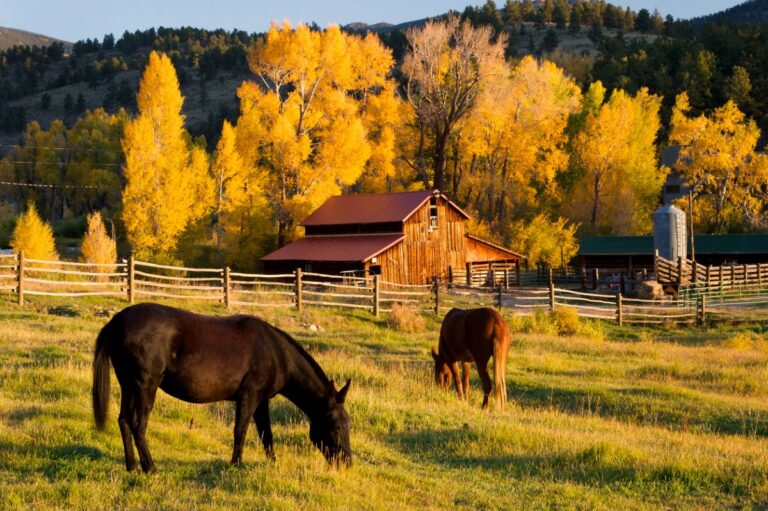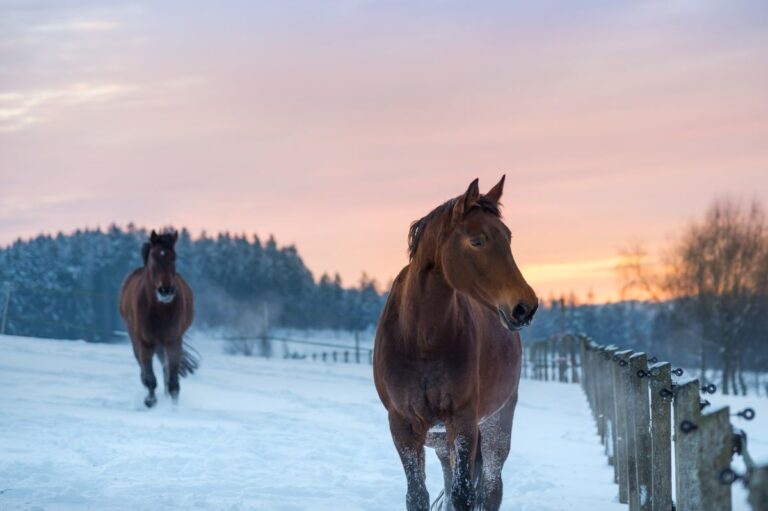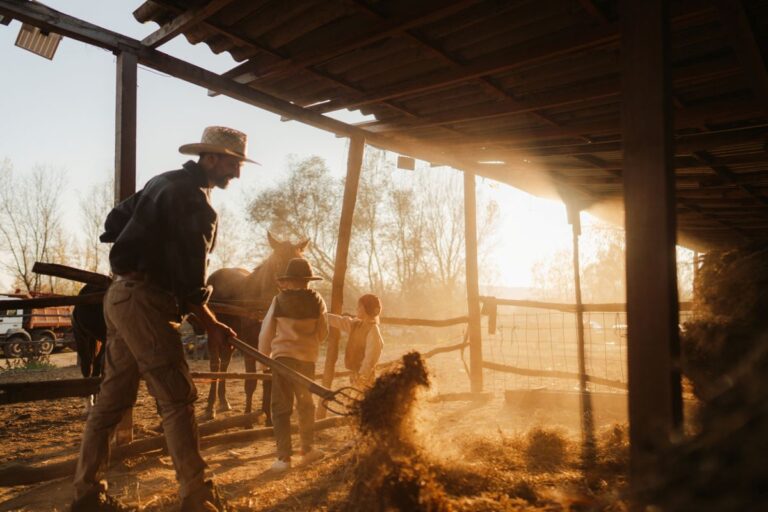As the sun sets on another long summer, it’s time to start thinking about how seasonal changes affect your horse’s nutritional needs. The end-of-summer transition isn’t just about cooler mornings and changing pastures—it’s also the ideal time to reevaluate what’s in your feed room.
Whether you’re managing hard keepers, senior horses, or a barn full of high-performance athletes, here’s how to support your horse’s health as we head into fall.
- Evaluate Summer Body Condition
Summer can bring weight fluctuations depending on your horse’s workload, pasture quality, and hydration habits. Before you adjust anything, take time to assess your horse’s body condition:
- Has your horse lost weight during high activity or heat stress?
- Did rich pasture cause unwanted gain?
- Are signs of dehydration or fatigue lingering?
These observations will guide how much and what kind of feed adjustments are necessary heading into cooler months.
- Plan for Reduced Pasture Quality
As grass quality declines in late summer and early fall, many horses will naturally lose access to one of their primary forage sources. That means you’ll need to supplement or replace pasture with a reliable, consistent hay or forage alternative.
Hay cubes, especially alfalfa-based cubes, are an excellent choice during this transition. They offer:
- Consistent nutrition even when pasture quality is unpredictable
- Reduced waste compared to flakes or loose hay
- Easier storage and measurement
If you’re looking to simplify your forage program, hay cubes can fill the nutritional gaps left by fading fields.
- Support Digestive Health
Seasonal changes can be stressful for your horse’s digestive system. Cooler nights, altered routines, and feed changes all increase the risk of colic and other GI issues. You can help reduce that risk by:
- Introducing new feeds (including cubes or grain) gradually
- Offering small, frequent meals when changing rations
- Providing free-choice access to clean water and salt
- Ensuring consistent fiber intake, even if pasture disappears
Remember: horses thrive on consistency. The more gradual your changes, the better your horse will handle them.
- Adjust for Workload and Weather
As temperatures drop, horses often become more active—and may need more calories. On the other hand, if your horse is working less due to cooler or unpredictable weather, you may need to cut back to avoid weight gain.
This is a good time to:
- Recalculate daily caloric needs
- Consider switching to higher-fiber, lower-starch forage for idle horses
- Add nutrient-dense alfalfa cubes for hard keepers or horses in training
Talk with your vet or equine nutritionist if you’re unsure where your horse stands on the scale.
- Stock Up Before Demand Spikes
Late summer is also the perfect time to get ahead on hay and cube orders. With increased demand in fall and winter, availability and shipping times can fluctuate.
If you use hay cubes:
- Consider buying in bulk for better pricing
- Store them in a dry, pest-free area with ventilation
- Rotate older stock to maintain freshness
Paramount Cubing now offers nationwide shipping of wholesale hay cubes, so barns across the country can stock up early and save.
Final Thought
The end-of-summer season is your opportunity to set the tone for the months ahead. By adjusting your horse’s diet now—before the full shift into fall—you’ll keep your horse feeling healthy, hydrated, and well-fed through every seasonal change.
Want to learn more about the benefits of hay cubes during seasonal transitions? Visit ParamountCubing.com or request wholesale pricing tailored to your barn’s needs.



